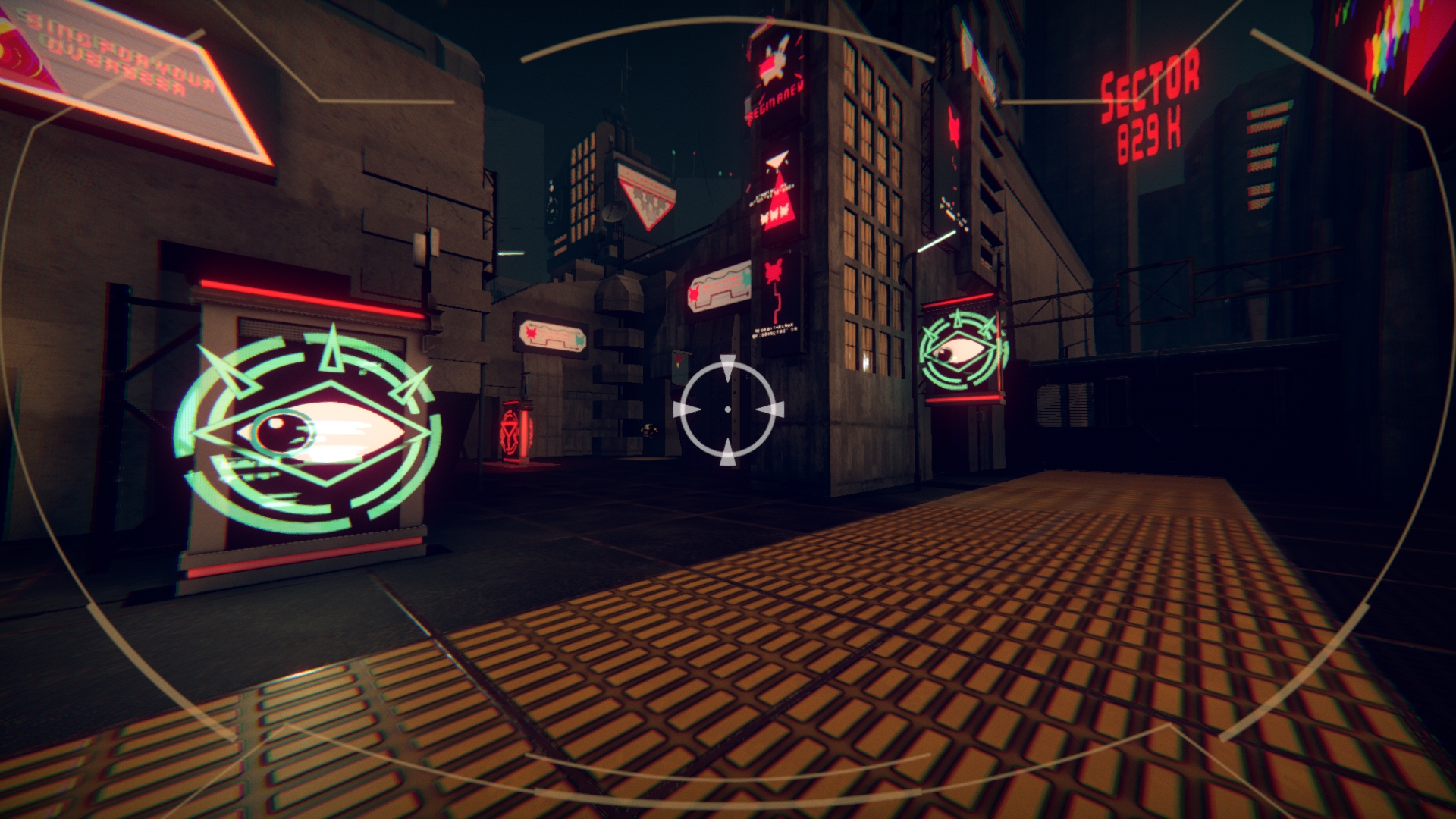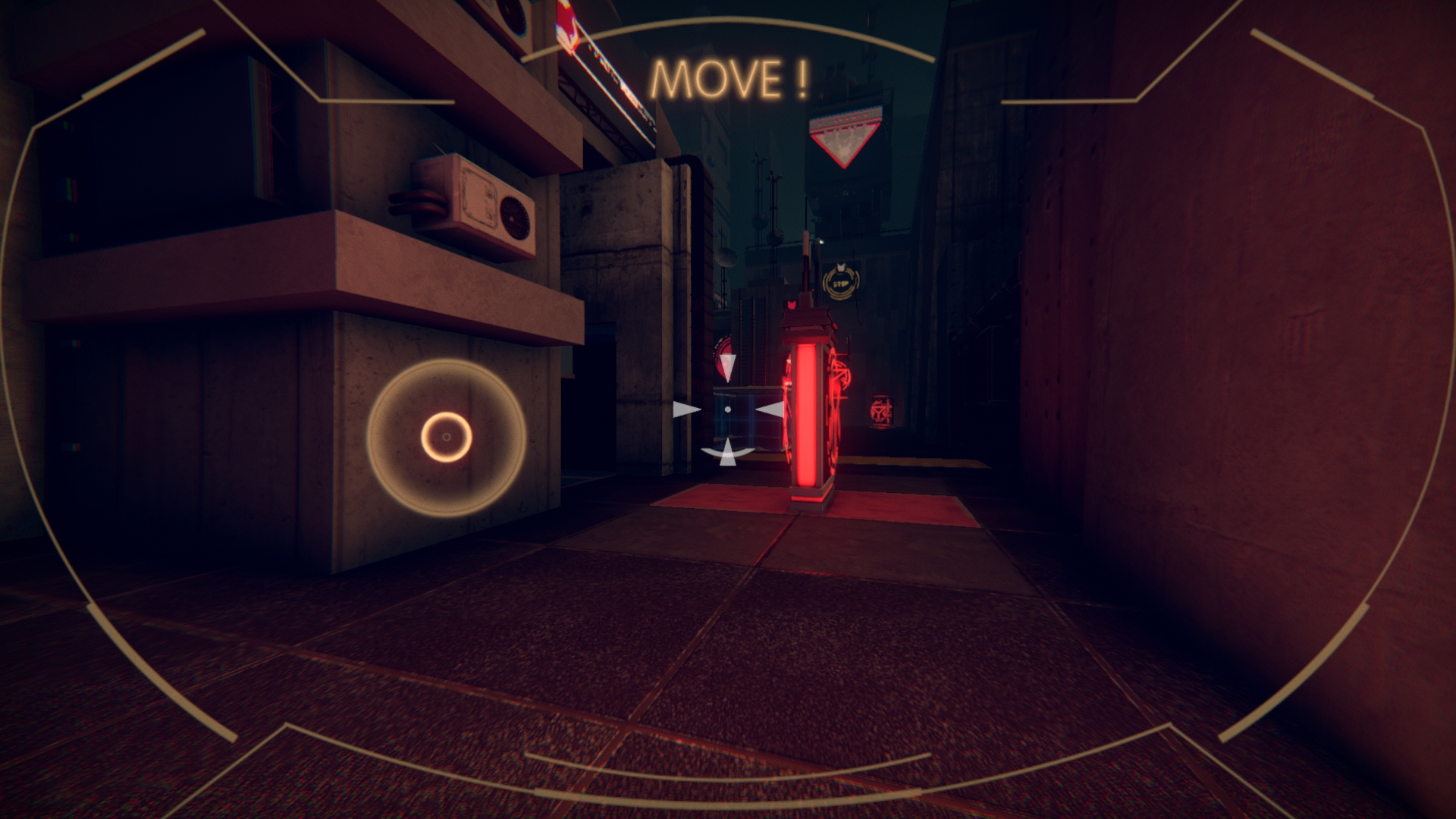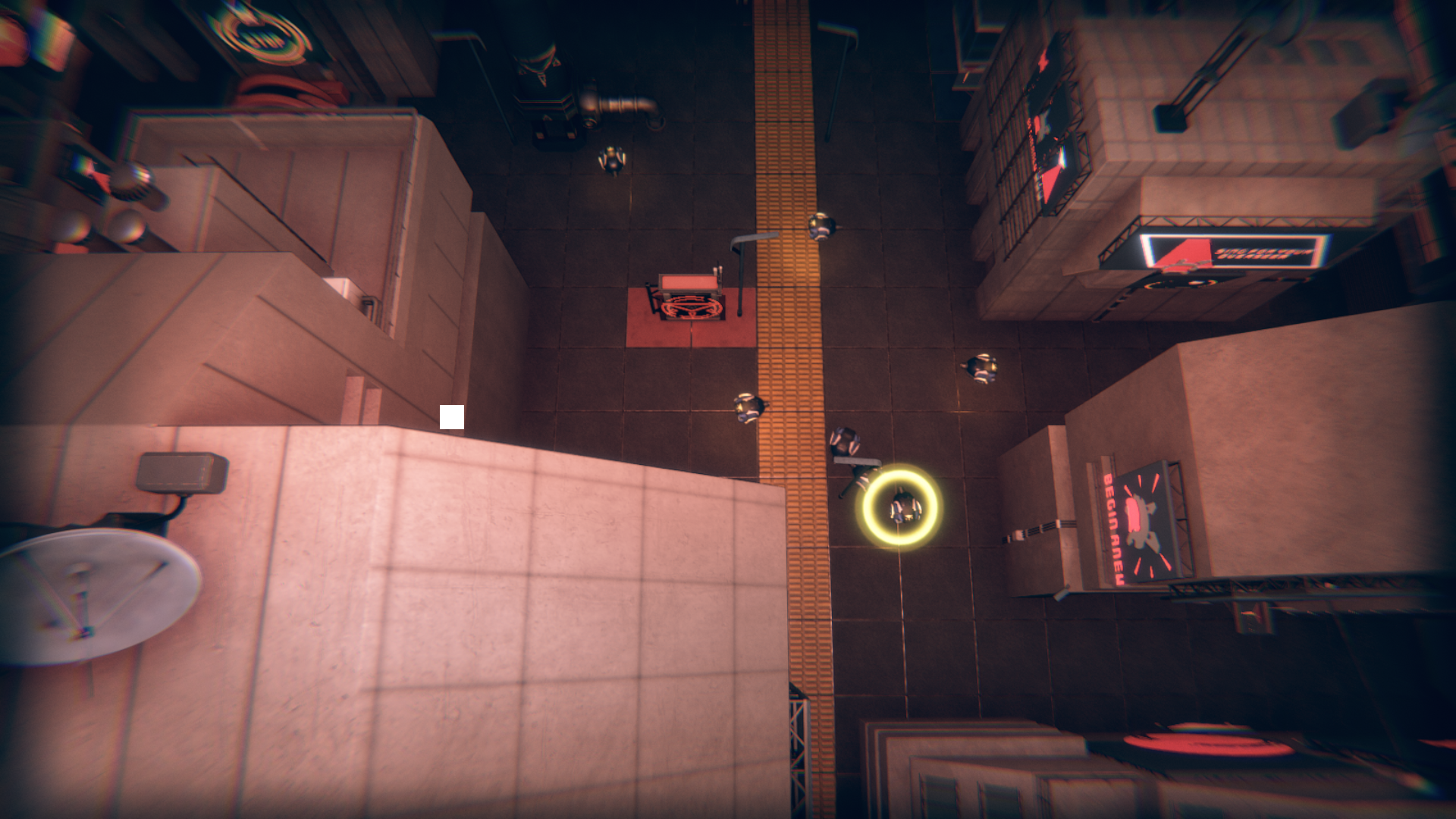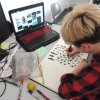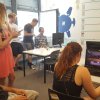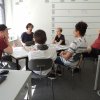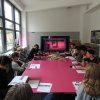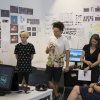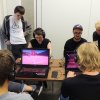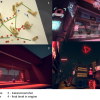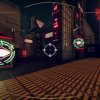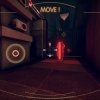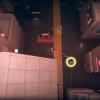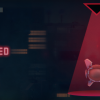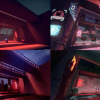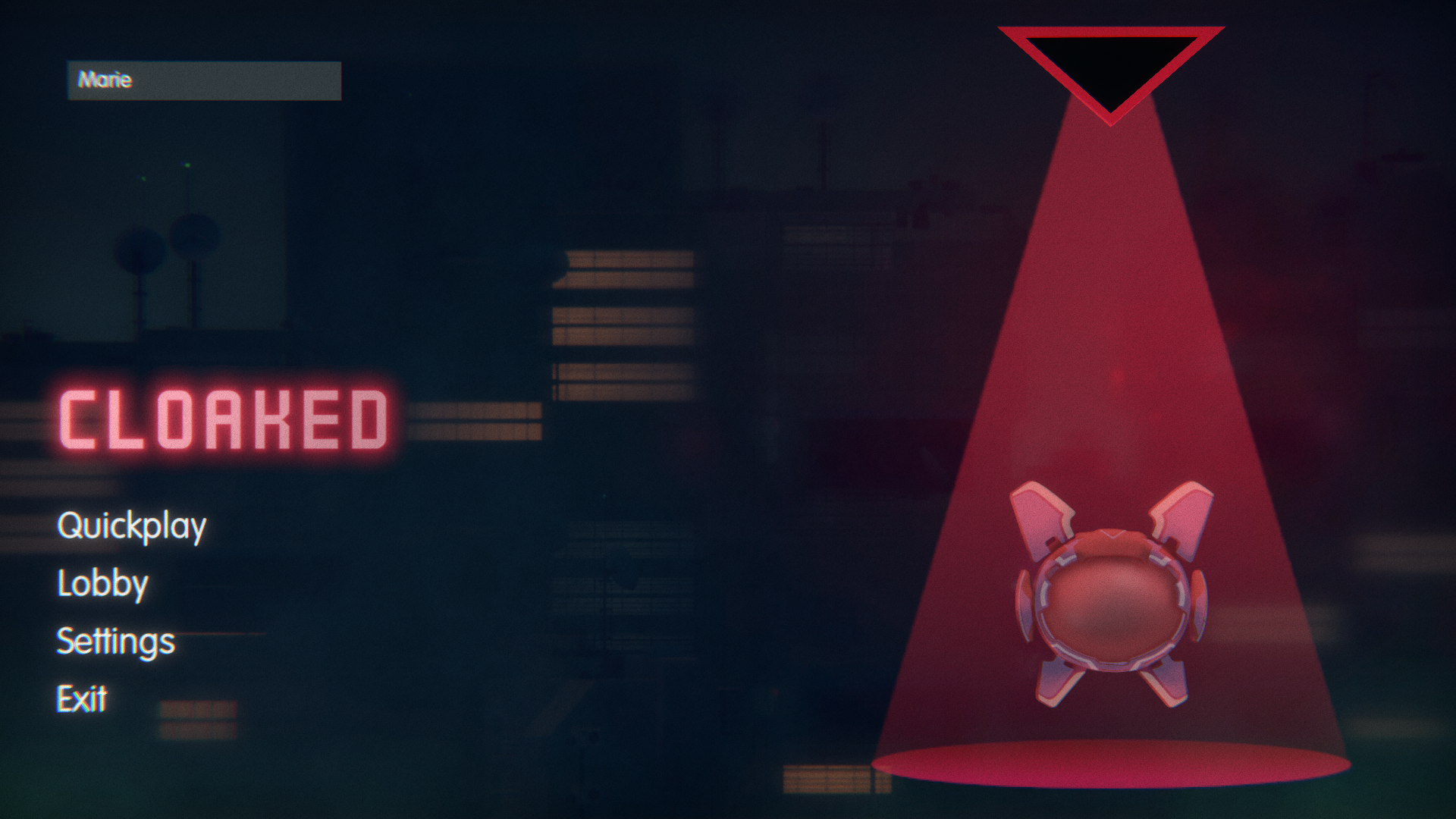
CLOAKED
Cloaked is an asymetrical online multiplayer game. Player 1 plays as an Real Time Strategy Player (RTS) and controls their army. Player 2 is one of their units.
RTS: Find the one who’s different!
Stealth Player: Destroy the Main Control Unit. But be aware! Don’t get caught!
Project Facts
Every player has unique skills to accomplish their specific task. The RTS Player can command their units and use them as radar devices. The stealth player can get these commands and decides if they want to execute these orders.
This different approache provides two very unique and contrary play styles. The RTS Player has a very RTS-like experience where they need to pay attention to which of their units behaves suspicious. The stealth player has a more discreet way of reaching the goal. Dangers are behind every corner and they have a one against all feeling during the game.
These two game experiences are supported by their own views. The artstyle is meant to enhance the cyber punk setting and to tell the two game modes apart.
This different approache provides two very unique and contrary play styles. The RTS Player has a very RTS-like experience where they need to pay attention to which of their units behaves suspicious. The stealth player has a more discreet way of reaching the goal. Dangers are behind every corner and they have a one against all feeling during the game.
These two game experiences are supported by their own views. The artstyle is meant to enhance the cyber punk setting and to tell the two game modes apart.
This game was part of my sixth semester. Our team were 6 students from the HTW Berlin and we worked 4 months on this game.
Team members: Marie, Caspar, Noah, Sebastion, Vincent, Yannick
Working period: April – July 2018
Used software: Unity3D, Photoshop, PUN (Photon Unity Networking)
My fields of responsibility: Game System Design, Prototyping, Programming (structure, gameplay, UI)
My Tasks
Game System Design | Prototyping | Programming (Structure, Gameplay, UI)
This was my first time working in a larger group. It was such a valuable experience to work with more people, because it demanded more organisation and more structure to plan things.
We used plenty of time for our concept, because we couldn't decide for one. Everyone had wishes and no-go's and to consider everything was a really hard task. I think in future projects I will do my best to appoint a Vision Keeper who has the power to make decisions.
It was very new for me to code with 3-4 other people. This demanded really strict conventions and plans how different things should work. In the end we often worked like this: A tasks needed to be implemented, so we sat together and discussed the implementation roughly. After that one of us implemented it (but everyone knew roughly how it worked).
After our first struggles we developed a solid organisation system. Every thursday/friday we decided which tasks from our kanban board needed to be done and we distributed them over the week. This helped to not only have a large, but also a more medium scale over what to do. I used this technique during my bachelor phase and I am really comfortable with this system.
We used plenty of time for our concept, because we couldn't decide for one. Everyone had wishes and no-go's and to consider everything was a really hard task. I think in future projects I will do my best to appoint a Vision Keeper who has the power to make decisions.
It was very new for me to code with 3-4 other people. This demanded really strict conventions and plans how different things should work. In the end we often worked like this: A tasks needed to be implemented, so we sat together and discussed the implementation roughly. After that one of us implemented it (but everyone knew roughly how it worked).
After our first struggles we developed a solid organisation system. Every thursday/friday we decided which tasks from our kanban board needed to be done and we distributed them over the week. This helped to not only have a large, but also a more medium scale over what to do. I used this technique during my bachelor phase and I am really comfortable with this system.

